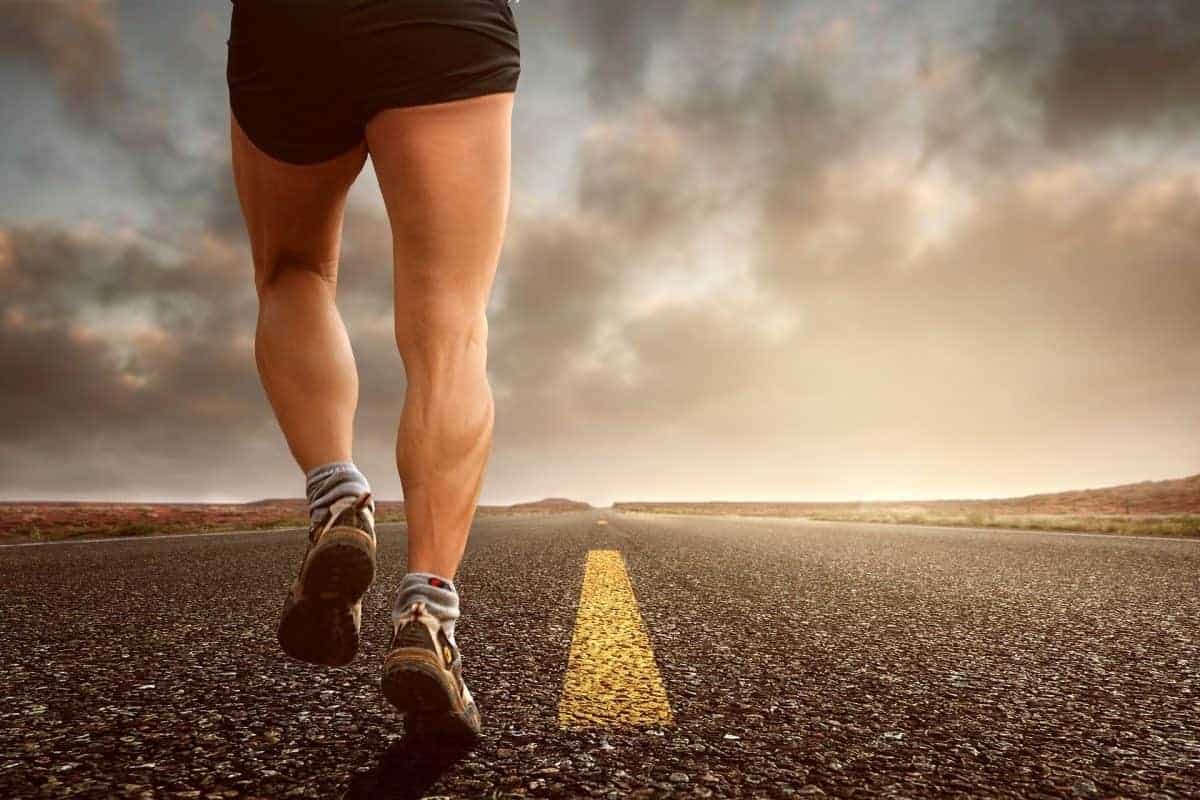Blog
The Number One Running Injury And How To Deal With It
Running Injury – A Few Stats About
According to surveys based on the most common running injury, at any time, roughly 1 in 4 runners will have an injury. Polls also show that approximately 80 percent of runners get injured every year.
The bulk of injuries tends to afflict the knees, feet, calves, shin, and ankles. Other weight-bearing limbs and regions, such as the thighs, hips, and the back are also prone to injury.
The survey shows that Achilles Tendinitis makes up 11 percent of running injuries and place it as the the number one Running Injury
Achilles Tendinitis is an inflammation of the Achilles tendon, the largest tendon in the body that attaches the two major calf muscles to the back of the heel bone. Under repetitive stress, this tendon gets inflamed and irritated, resulting in tendinopathy—micro partial tears to the tendon.

Symptoms of Achilles Tendinitis
Main symptoms include stiffness and pain in the region of the heel, just above the heel at the Achilles tendon, especially while pushing off with your toes (walking, running, etc.) and in the morning upon taking the first few steps.
The pain is sharp and can be severe enough to keep you from running at all.
Besides the pain, Achilles tendinitis may also manifest as visible swelling or a knot in the tendon.
Causes of Achilles Tendinitis
The primary cause is repetitive stress to the tendon. During a foot strike, the Achilles tendon absorbs several times your body weight. The longer and faster you run, the more stress you put on this tendon.
But other factors can make it worse. Here are a few
Increasing your weekly training load too fast, especially in those who have increased their mileage more than 10 percent per week.
Weakness in the muscles of the posterior chain—the glutes, hamstrings, and calves.
Tight calf muscles. More specifically, the gastrocnemius muscle, which is a muscle that crosses these three joints: the subtalar, the ankle, and the knee joint.
How to Treat Achilles Tendinitis
- The best treatment is to reduce training volume or take a break from running and do plenty of cross-training with low-impact activity, think swimming, biking, and aqua jogging, for a few weeks.
- Use Kinesiology Tape. The kinesiology tape application can be used to relieve pressure, provide support, and increase circulation to the area.
- With severe cases of the condition, you might need clinical treatment. Some options consist of physical therapy methods of electrical stimulation, such as high-voltage galvanic stimulation (HVGS), and ultrasound.
- Further, run in the proper footwear and replacing them often every 400 to 500 miles—that’s about 6 months of regular training.
DISCOUNT CODES:
Enter your name & email address, click the link below, and we will send you discount codes
Order Today
Up to 50% for your Starktape products

DISCOUNT EXPIRES IN:
00Days07Hours57Minutes52Seconds BONUS: in addition you'll receive free access to StarkTape VIP Memeber Club, to stay on top of the latest news and products.
DISCOUNT CODES:
Enter your name & email address, click the link below, and we will send you discount codes
Order Today
Up to 50% for your Starktape products

DISCOUNT EXPIRES IN:
BONUS: in addition you'll receive free access to StarkTape VIP Memeber Club, to stay on top of the latest news and products.
How to Prevent Achilles Tendinitis
- These measures can help reduce the risks of the condition:
- Strengthen your posterior muscles. One powerful exercise, according to research, is eccentric heel drops. Other exercises to try include calf raises, lunges, squats, deadlifts, and burpees.
- Use Kinesiology Tape to relieve pressure, provide support, and increase circulation to the area.
- Stretch your calves. Lift your toes back toward your shin while keeping your heel on the ground the entire time.
- Proper form. Work on improving your footstrike and cadence efficiency and speed.
- Consider wearing orthotics or running in shoes with more support. Steer clear of flip-flops, high heels, or any footwear that may irritate the Achilles tendon.
Final word
If you are suffering from Achilles Tendinitis, the application of kinesiology tape can help you feel better. You can easily learn to apply the tape yourself, enjoying the pain relief it brings. At the same time, taping can help you improve your overall range of motion and forget all about stiffness or other similar problems caused by Achilles Tendinitis.


